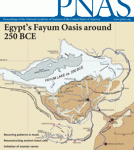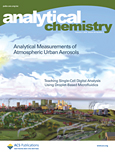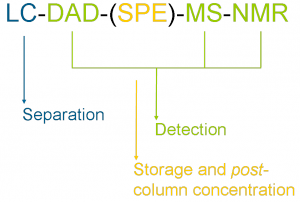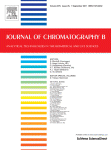![]() “Metabolic Profiling Detects Early Effects of Environmental and Lifestyle Exposure to Cadmium in a Human Population” JK Ellis, TJ Athersuch, LDK Thomas, F Teichert, M Pérez-Trujillo, C Svendsen, D J. Spurgeon, R Singh, L Järup, JG Bundy and HC Keun. BMC Medicine, February 2012. DOI: 10.1186/1741-7015-10-61
“Metabolic Profiling Detects Early Effects of Environmental and Lifestyle Exposure to Cadmium in a Human Population” JK Ellis, TJ Athersuch, LDK Thomas, F Teichert, M Pérez-Trujillo, C Svendsen, D J. Spurgeon, R Singh, L Järup, JG Bundy and HC Keun. BMC Medicine, February 2012. DOI: 10.1186/1741-7015-10-61
The ‘exposome’ represents the accumulation of all environmental exposures across a lifetime.  Top-down strategies are required to assess something this comprehensive, and could transform our understanding of how environmental factors affect human health. Metabolic profiling (metabonomics / metabolomics) defines an individual’s metabolic phenotype, which is influenced by genotype, diet, lifestyle, health and xenobiotic exposure, and could also reveal intermediate biomarkers for disease risk that reflect adaptive response to exposure. Continue reading Metabolic profiling for the detection of early effects of environmental and lifestyle exposure to cadmium.
Top-down strategies are required to assess something this comprehensive, and could transform our understanding of how environmental factors affect human health. Metabolic profiling (metabonomics / metabolomics) defines an individual’s metabolic phenotype, which is influenced by genotype, diet, lifestyle, health and xenobiotic exposure, and could also reveal intermediate biomarkers for disease risk that reflect adaptive response to exposure. Continue reading Metabolic profiling for the detection of early effects of environmental and lifestyle exposure to cadmium.






